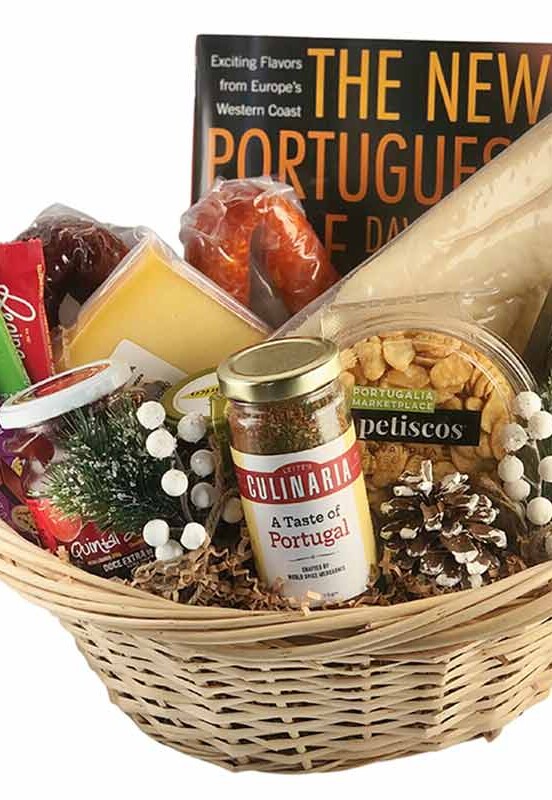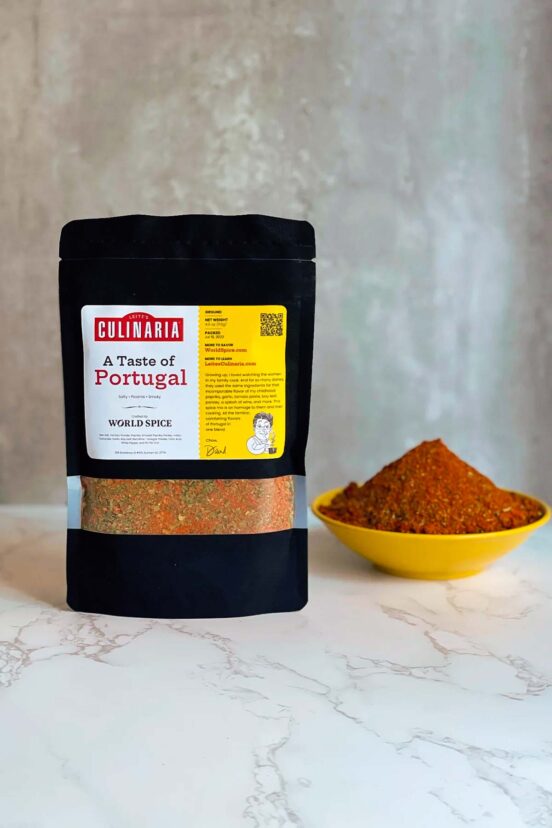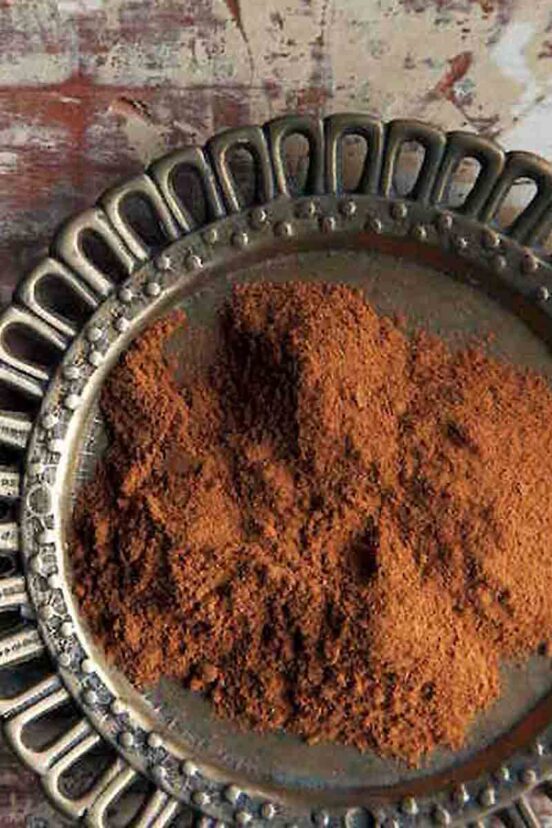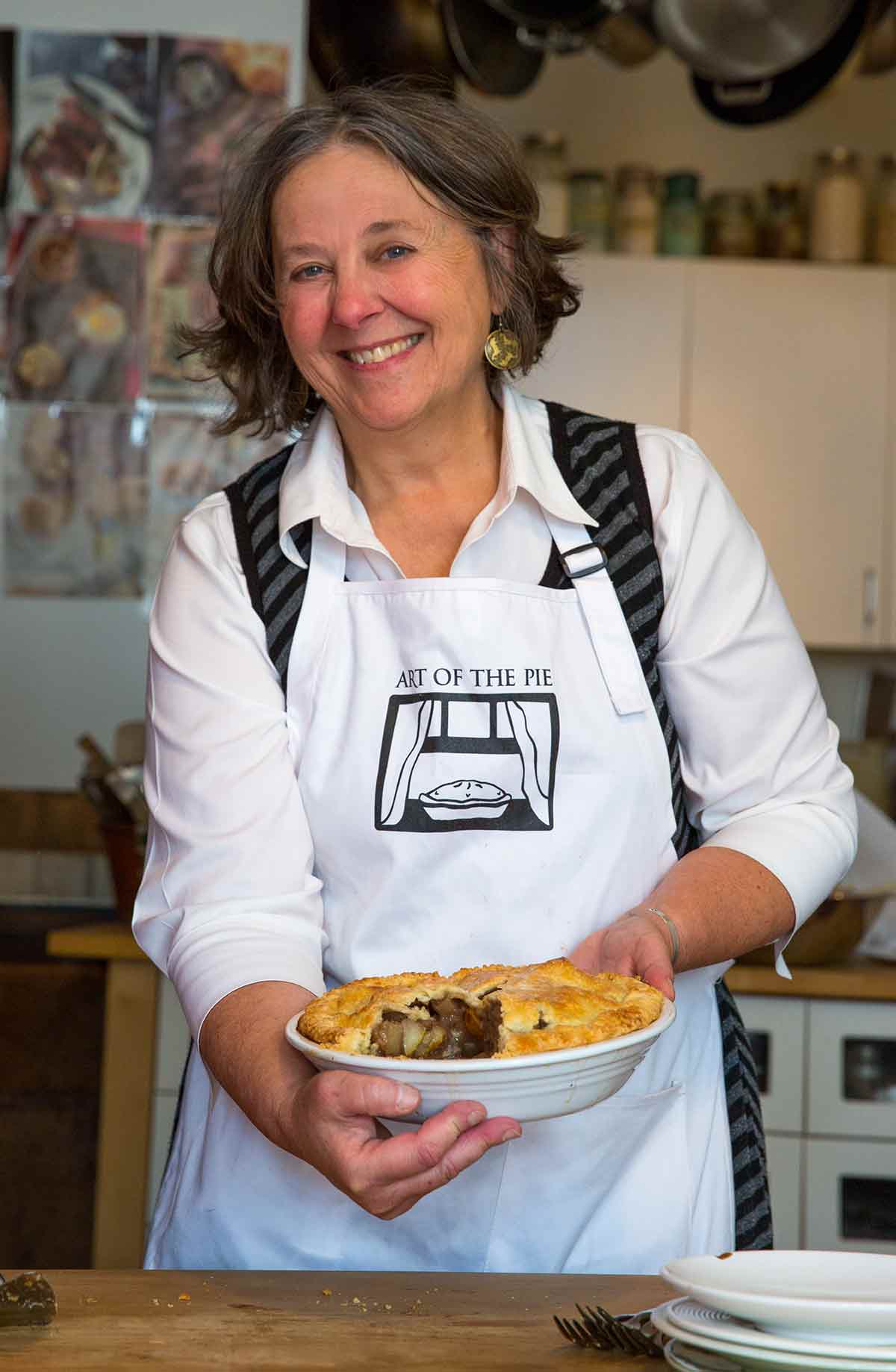
You may already know Kate McDermott as The Pie Lady. And if you aren’t familiar with her, you need to remedy that. She’s singlehandedly instilled confidence in thousands of home bakers over the years through her cookbooks, blog posts, and pie classes, and along the way, she’s learned quite a lot. Too much to share here. Although she did agree to divulge some of her most favorite kitchen things.
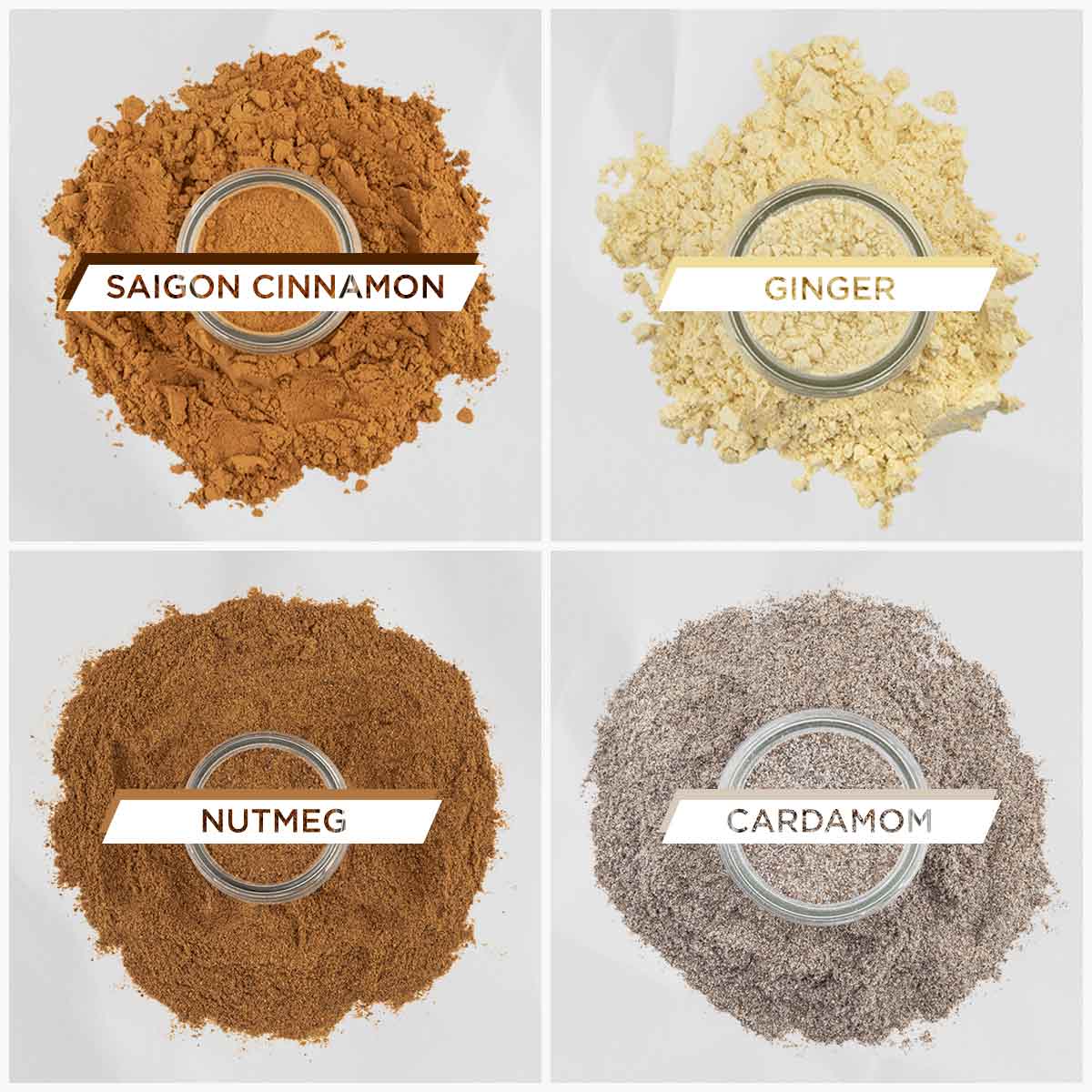
Spices and flavorings
First of all, you have to have spices and other flavorings. Cinnamon is the flavor that’s most identified with classic apple pie. Saigon cinnamon is my favorite. A grating of whole nutmeg. Just enough so you can smell its aroma when you get your nose close to the fruit in the bowl. Buy the best vanilla you can. Imitation vanilla extract is not the same. Ground ginger and cardamom are great in crisps, crumbles, streusel-style toppings, pastry cream, even in a crust. I use almond extract in honey hazelnut fig crostatas as well as chiffon, buttermilk, and chess pies. The zest or a squeeze of fresh lemon can exalt the flavor of a fruit filling. And I add a small amount of the orange liqueur Cointreau to many fruit pie fillings. Just tip the bottle and say “Whoops!” as it goes in.

Spices for baking, starting at $6.49, at TheSpiceHouse.com

6-quart bowl
I find a 6-quart bowl is great for many baking tasks and it easily fits both my hands. I have all different kinds, including probably 20 metal bowls I picked up at a restaurant supply store for workshops. I demonstrate how to make pie in class using a glass bowl. And I also like the vintage crock made by Ohio Stoneware.

Ohio Stoneware Ceramic Mixing Bowl, $45 on Amazon.com
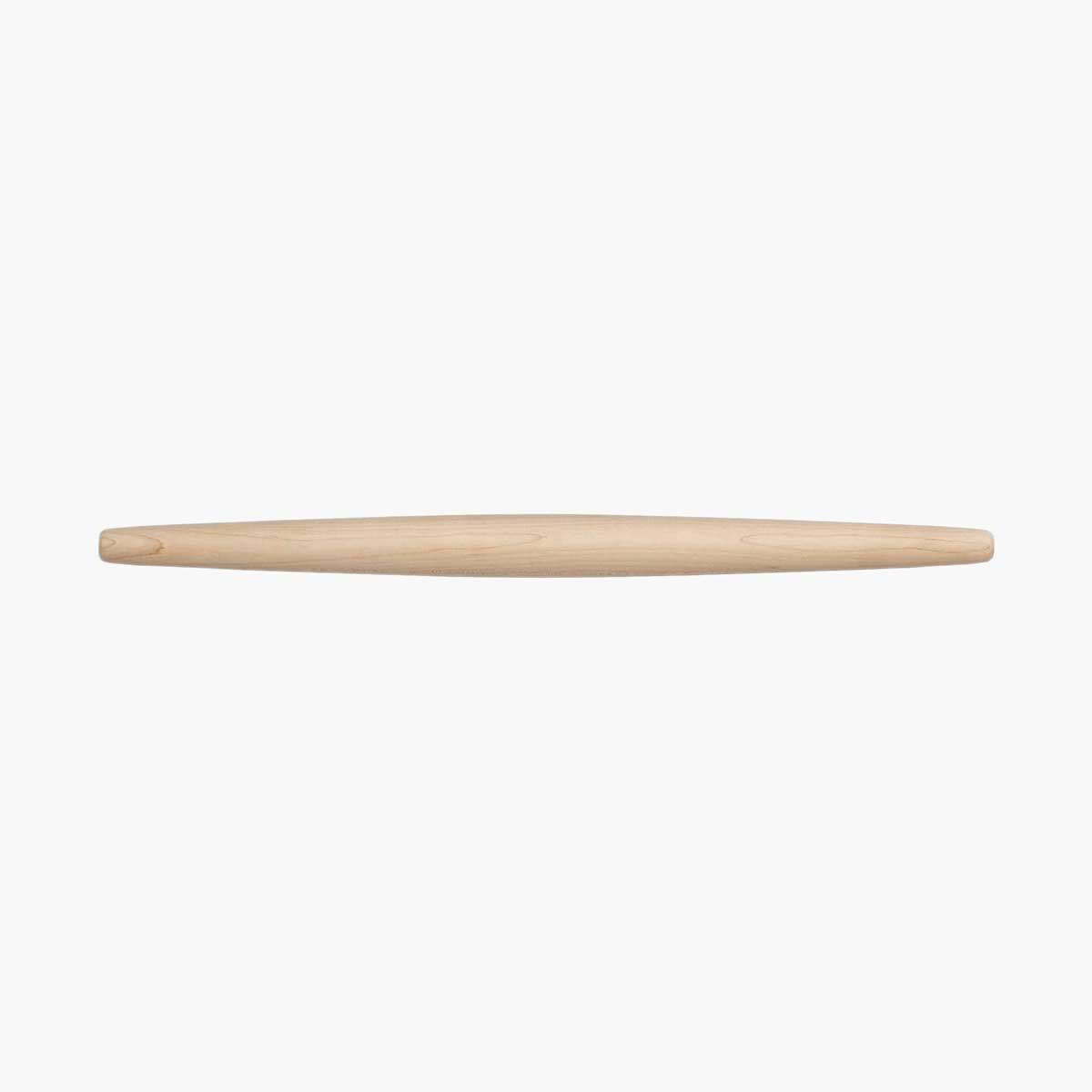
Rolling pin
A rolling pin should be one that feels comfortable to each baker, whether a classic two-handled pin or a straight or tapered dowel made from wood, marble, stainless steel, nylon, or silicone. My favorite is a wooden French-tapered dowel pin. (Although I use a double-handled barrel rolling pin for gluten-free crusts.)

Fletcher’s Mill Maple French 20-inch Rolling Pin, $29 on Amazon.com
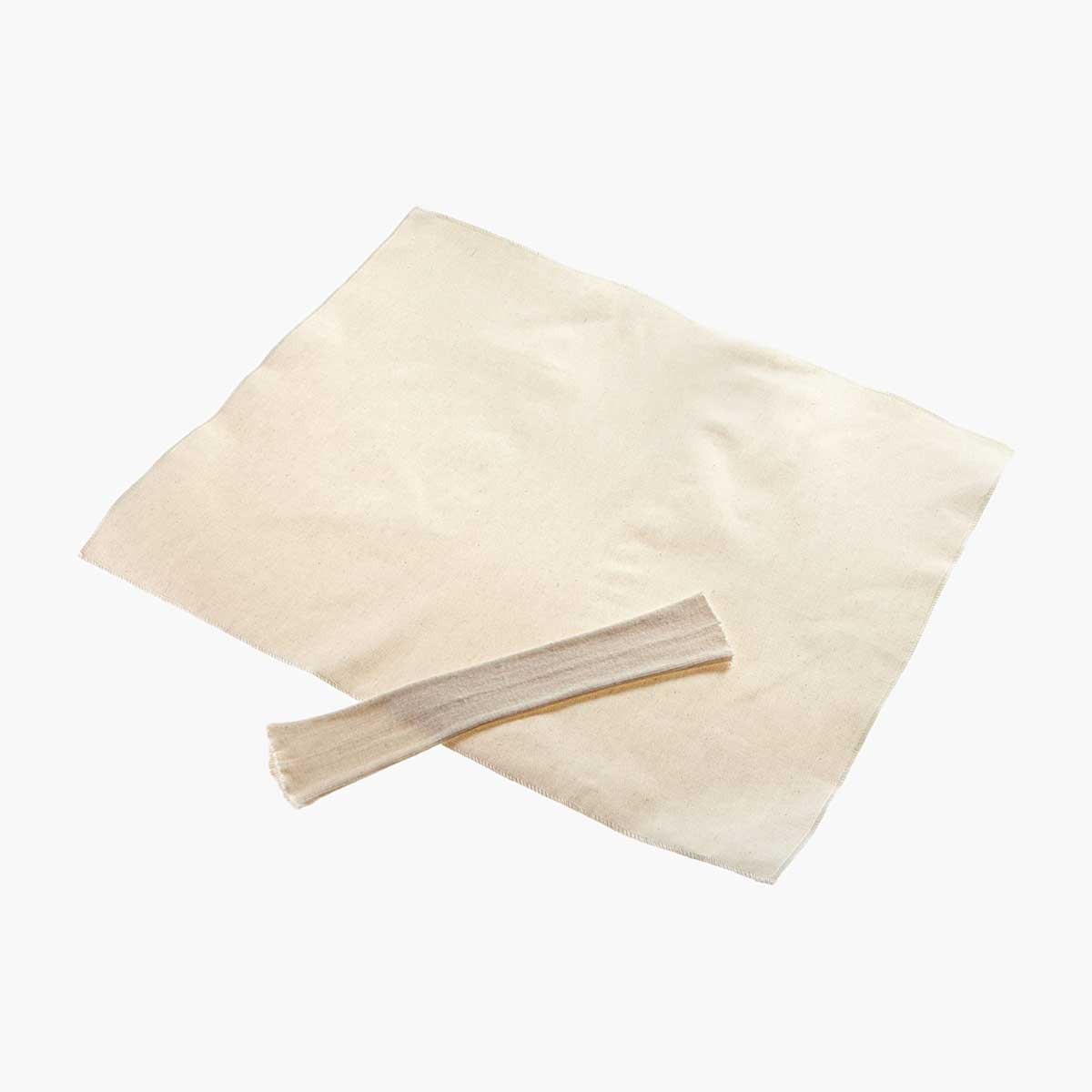
Pastry cloth
It’s easy to roll out dough on a pastry cloth to prevent sticking. And any unnecessary extra flour filters down into the weave.

Regency Wraps Pastry Cloth & Rolling Set for Dough, $9 on Amazon.com
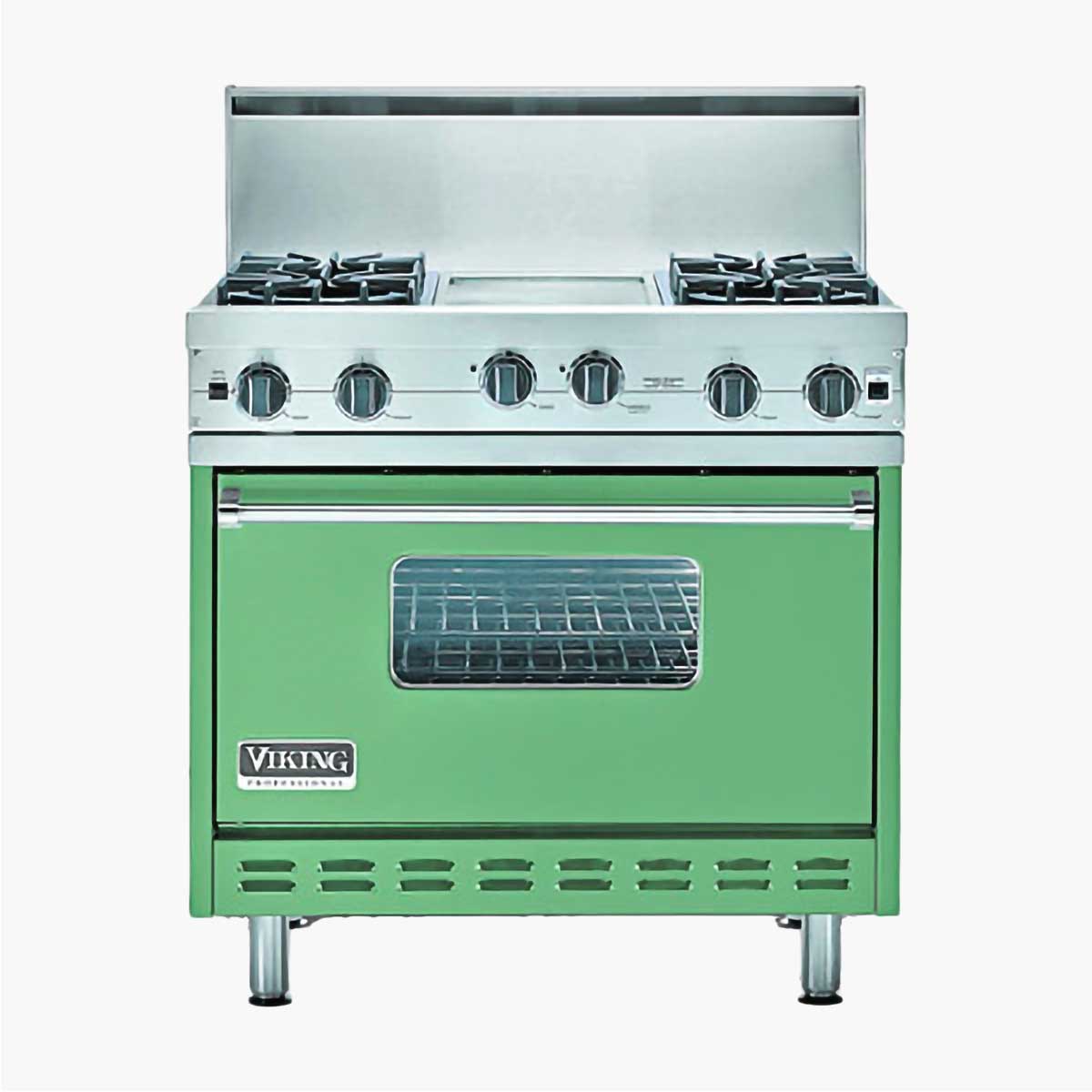
Reliable oven
An oven is the most important baking tool of all. Whether gas, electric, convection, or wood-fired, make friends with your oven. Learn its quirks, where its hot and cool spots are, and if and when you need to rotate or move a pie to a lower or upper rack during a bake for the best result. I have two GE Electric Profile series ovens I love and also an older propane-fueled Viking.
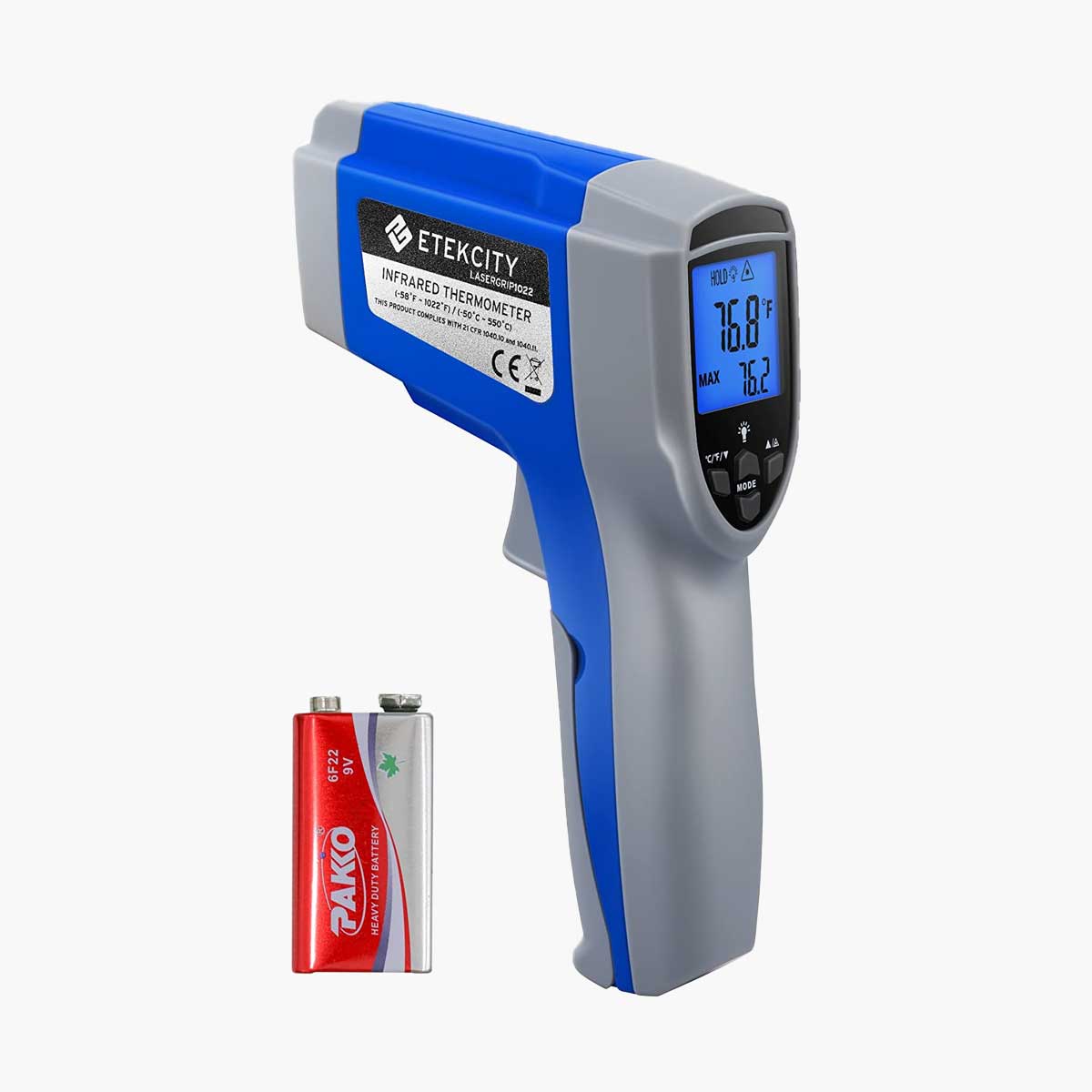
Cool hands
Hands are our most basic tools, and their sensitivity lets us check the texture and temperature of pie dough…plus I never lose them. I use an infrared thermometer to check the temperature of my hands to ensure they won’t melt the butter when mixing ingredients. Butter starts to get soft at 59°F, but a normal temp for hands is often in the high 90s. There’s really not one temp that I feel is “THE” temperature, but it is oftentimes surprising to pie makers to find out how just how hot their hands are and that this can be one of the reasons for melting fat. Some like it warmer, some like it cooler, but I like to roll pie dough out around 55°F.

Etekcity 1022 Digital Laser Infrared Thermometer Temperature Gun, $33 on Amazon.com
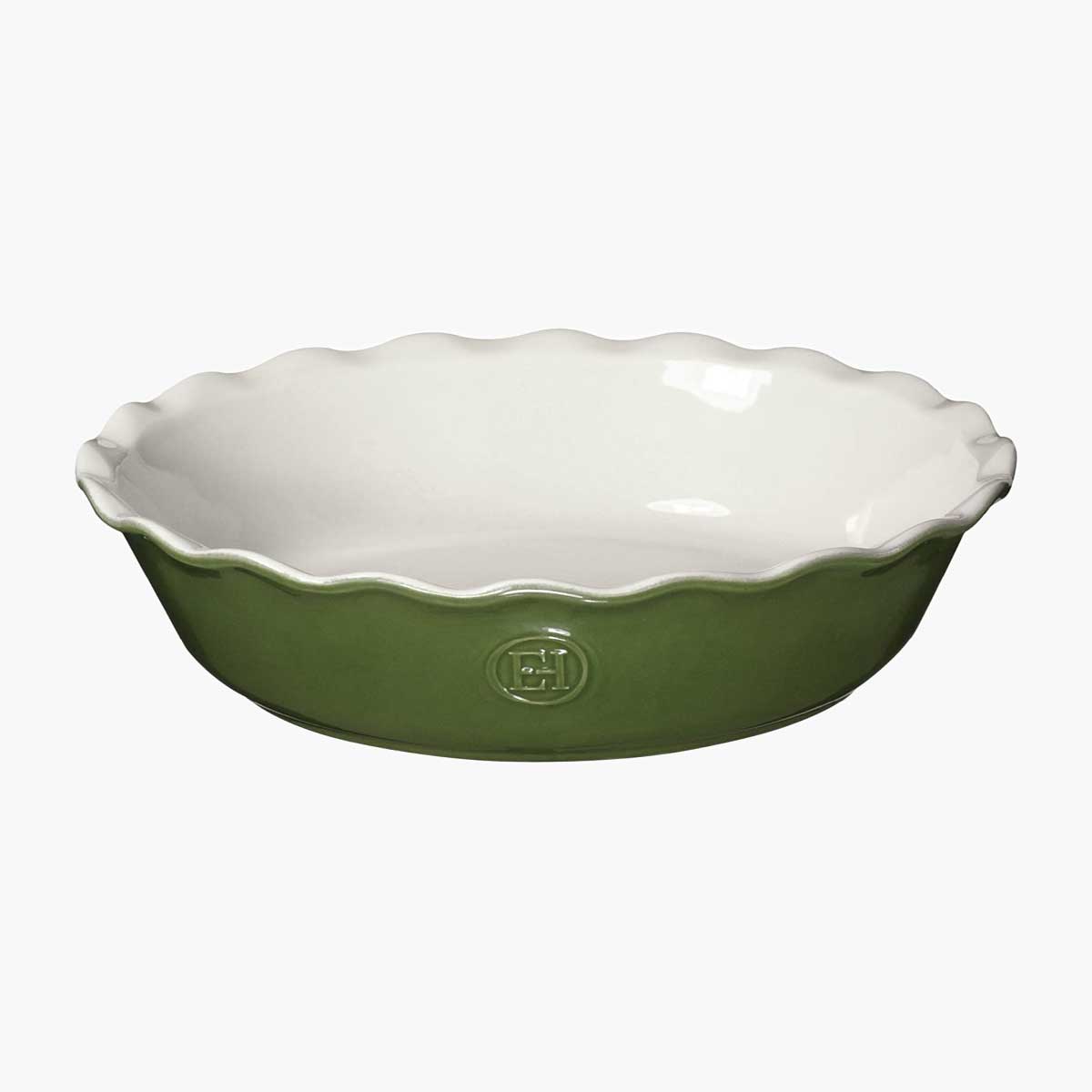
Pie plate
If I could only have one pie plate, it would be an Emile Henry. A classic.

Emile Henry 9-inch Pie Dish, $40 on Amazon.com
Hear more from Kate on our podcast
You can hear more about Kate and her approach to baking pies in our recent podcast episodes on fruit pie fillings and on pie crust. If you’d like to try out your new toys with her creations in your kitchen, we strongly encourage you to start with her magnificent Hand Pies.
